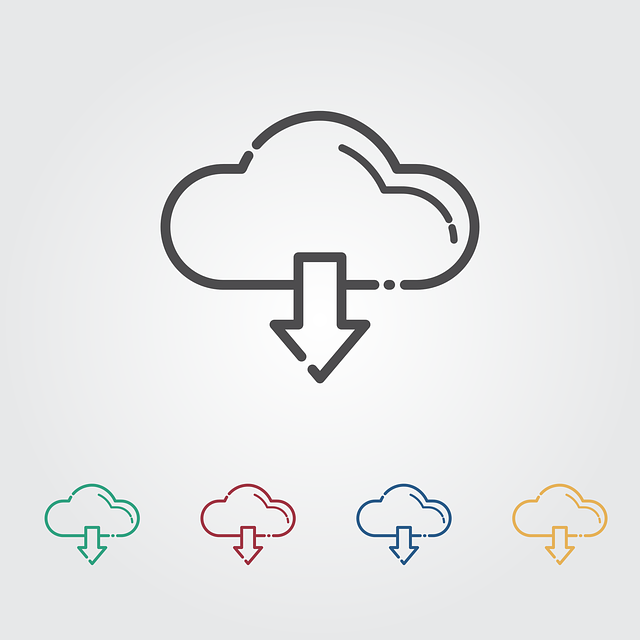
Top 7 Cloud Security Best Practices for 2023
The world is becoming more and more digital each day and digital transformation for organizations is inevitable. New technologies and trends are ruling the digital world.
One such revolutionary innovation is Cloud Computing, where a user can use basic services and applications via the internet, without installing and maintaining them on-premises. Services like data storage, servers, databases, networking, and software are delivered through internet.
“With Cloud Computing, it is no longer a question of If, but rather When and How.”

Now comes the risky part: to safeguard your cloud-based infrastructure, systems, and data from cybercriminals. Cyber security threats ranges from data breaches, data loss, and unauthorized access to denial-of-service (DoS) attacks. According to a recent study, 70% of organizations admitted to experiencing data breaches or exposures due to multi-cloud security configurations.
So it is essential to implement cybersecurity best practices and tools to protect their cloud infrastructure. Prioritize cloud security to prevent and limit potential security incidents.
Cloud Security Best Practices
- Partner With a Trusted Cloud Provider: Cloud provider plays a major role in providing physical servers to the systems running on them to individual applications. Choose a service provider with clearly documented security policies, procedures, controls and necessary compliance certifications.
- Understanding Your Shared Responsibility Model: Cloud provider and cloud customer share the responsibility of the IT security. This is called shared responsibility model. They each share specific responsibilities according to different types of deployments.
- Secure Access To The Cloud and Manage User Access Privileges: Customers are still responsible for securing your organization’s cloud user accounts and access to sensitive data. You have to regularly reassess and revoke user privileges by having clear onboarding and offboarding procedures to prevent cyberattacks that may compromise cloud infrastructure.
- Encrypting Data: Conceal data to unauthorized users by translating it into another form or code especially on a public cloud. Encrypt data during transit, because data is most vulnerable that time.
- Establish and Enforce Cloud Security Policies: Have a thorough written guideline that specify who can use cloud services, how they can use them, and which data can be stored in the cloud. Be specific about technologies that employees must use to protect data and applications in the cloud.
- Secure User Endpoints: Cloud services can be accessed through website browsers and personal devices. Therefore, businesses must deploy an endpoint security solution to secure end-user devices. Use security measures such as access verification tools, firewalls, antivirus, and mobile device security.
- Upskilling All Employees: raise your personnel’s cybersecurity awareness against cyber attacks such as phishing. This will help cybercriminals from obtaining access credentials to sensitive data and cloud computing tools.
Conclusion
Cloud computing has enormously changed the way we live our lives and conduct business. According to stats, by 2025, there will be over 100 zettabytes of data stored in the cloud and it’s projected that the market will amount to $832.1 billion by 2025. Data in a provider’s data center, especially in a shared hosting environment will make it definitely vulnerable.
Enabling security logs, conducting regular cloud audits, and implementing strong encryption are just a few ways that your business can take ownership of cloud environment security. Identify cloud misconfigurations, cloud vendor weaknesses and employee errors in time and go for CLOUD!!